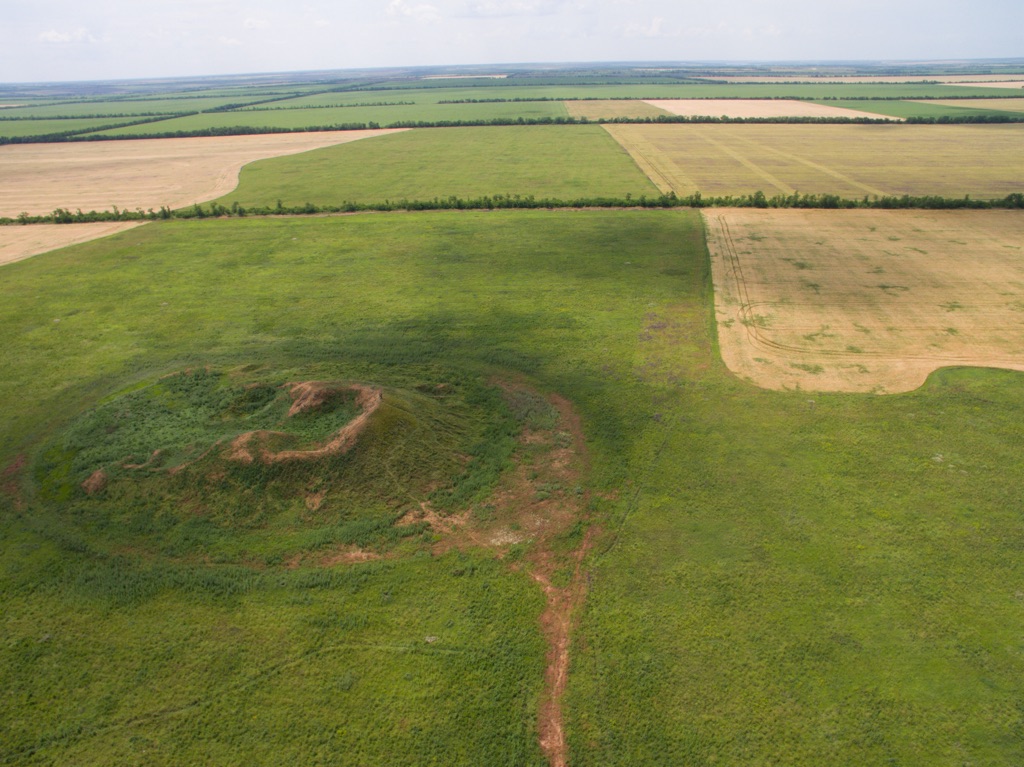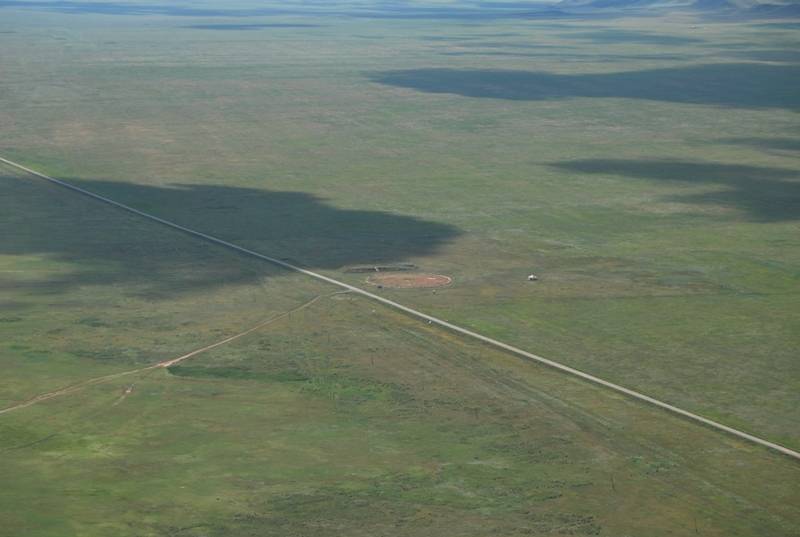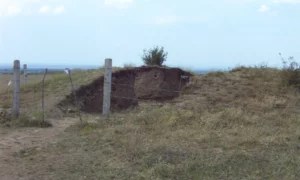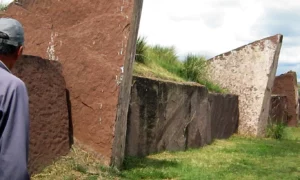The Salbyk kurgan is an ancient burial mound located in the Khakassia Republic, Russia. It dates back to the 7th century BC and is associated with the Scythian culture. This monumental structure is one of the largest of its kind, reflecting the complex social structures and burial practices of the nomadic tribes that roamed the Eurasian steppes. The kurgan was discovered in the 20th century and has since been a subject of archaeological interest, revealing insights into the beliefs, rituals, and way of life of its builders.
The Scythians
The Scythians, a group of ancient nomadic warriors, thrived from the 9th century BC until the 4th century AD, leaving a significant mark on the Eurasian steppes. Originating from what is now Iran, they eventually spread across a vast territory that included parts of modern-day Ukraine, southern Russia, and Kazakhstan. Known for their fierce horseback riding and archery skills, the Scythians were a formidable force in the ancient world, often clashing with neighboring civilizations such as the Assyrians, Persians, and Greeks.
One of the major moments in Scythian history was their invasion of the Near East in the 7th century BC, which brought them into direct conflict with the Assyrian Empire. This incursion showcased their military prowess and expanded their influence into Western Asia. Another significant event was their involvement in the Persian Wars, where they played a strategic role in the conflict between the Persian Empire and the Greek city-states in the 5th century BC.
The religion of the Scythians was polytheistic, with a pantheon of gods that governed various aspects of nature and human endeavor. Among their chief deities were Tabiti, the queen of the gods, and Papaios, the god of the sky. They also held a deep reverence for the earth, which was embodied in the goddess Api. Animal sacrifice, particularly of horses, played a central role in their religious practices, and their burial mounds, or kurgans, are rich with artifacts that reflect their spiritual beliefs.
Social and daily life among the Scythians was characterized by their nomadic lifestyle, which revolved around horseback riding and pastoralism. Their society was divided into a warrior aristocracy and commoners, with the former playing a dominant role in Scythian politics and military affairs. Women in Scythian society enjoyed a relatively high status, participating in hunting and sometimes in battle.
The Scythians did not have a centralized government or a single ruler but were instead organized into a confederation of tribes led by individual kings or chieftains. These leaders were often buried in elaborate kurgans, which served as both tombs and symbols of their power. The most famous of these leaders was King Ateas, who united the various Scythian tribes and expanded their territory in the 4th century BC before falling in battle against the Macedonians under Philip II.
The Scythians were involved in numerous wars and battles throughout their history, not only with external enemies but also among themselves. Their military tactics, particularly their use of mounted archers, had a profound influence on the warfare of their time. They were also known for their skill in guerrilla warfare, using the vast steppes to their advantage to launch surprise attacks on their enemies.
Despite their prowess in battle, the Scythians eventually faced decline due to a combination of internal strife and external pressures. By the 3rd century BC, they were being pushed out of their territories by the Sarmatians, another nomadic group. The last vestiges of Scythian power were finally extinguished by the Goths in the 4th century AD, marking the end of their dominance in the Eurasian steppes.
The legacy of the Scythians lives on in the archaeological record and the historical accounts of the civilizations they interacted with. Their art, particularly the intricate goldwork found in their burial mounds, continues to fascinate historians and archaeologists, offering insights into the life and beliefs of this enigmatic people.

Solokha Kurgan
The Solokha Kurgan is a Scythian burial mound located in the Zaporizhia Oblast of Ukraine. Discovered in 1912, it is one of the largest and most significant Scythian burial mounds. The kurgan dates back to the 4th century BC and is renowned for the exquisite artifacts and the well-preserved condition of the tomb found within. It provides valuable insights into the life, culture, and burial practices of the Scythian civilization, a group of nomadic warriors who roamed the Eurasian steppes.

Arzhan
Arzhan is an ancient site known for its kurgan burial mounds located in the Republic of Tuva, Russia. These monumental structures date back to the Scythian period, around the 9th to 8th centuries BC. The site gained international attention when it revealed a wealth of artifacts and insights into Scythian culture and burial practices. Arzhan is particularly famous for the Arzhan-2 burial mound, which contained the remains of a Scythian ruler and his consort, along with an astonishing array of grave goods.

Issyk Kurgan
The Issyk Kurgan is a burial mound located in the Issyk Valley of Kazakhstan. Discovered in 1969, it dates back to the 4th or 3rd century BC. The site is famous for the ‘Golden Man,’ a noble buried with a wealth of gold artifacts. These findings provide insight into the Saka culture, part of the wider Scythian civilization. The kurgan’s elaborate gold treasures and advanced craftsmanship highlight the sophistication of the Saka people.

